Is SEO Dead in 2026?

Written by Rosanna Campbell

Short answer: Not yet.
But SEO as we know it is dying.
SEO used to work fairly consistently: write great content, sprinkle in keywords, land a few links — boom, rankings.
The better you followed the recipe, the better your results.
That worked because search was a relatively closed system.
Now?
It’s probabilistic.
You show up if you’ve done enough of the right things in enough places. If the system infers you’re part of the answer.
People have been announcing the death of SEO for years.
But this time, the question feels more urgent.
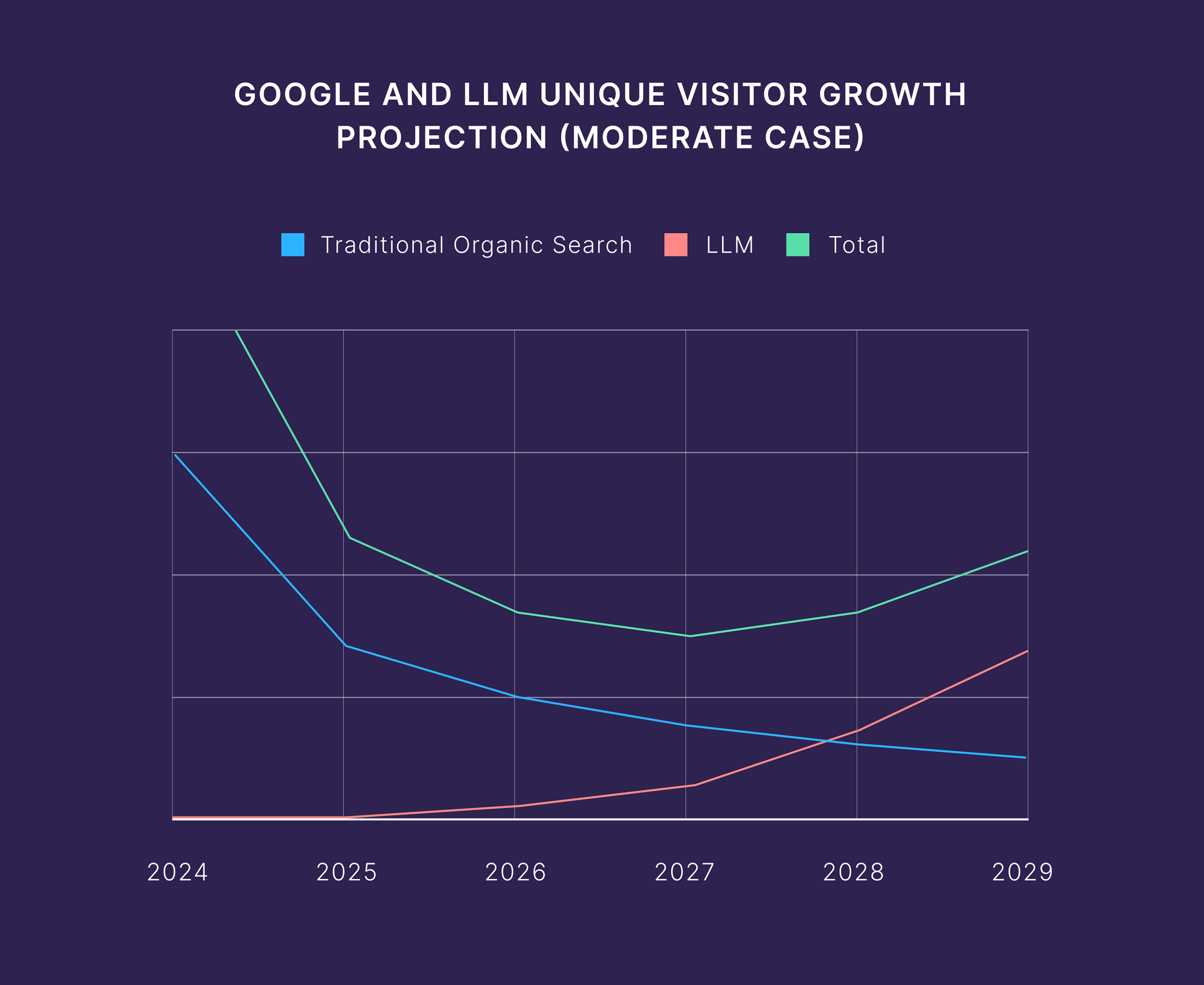
You might look at this projection from Semrush — showing traditional search declining while LLM traffic takes over — and call it: Game Over.
But here’s the thing:
Decline doesn’t equal death.
In this article, we’ll lay out exactly what happens as a channel moves from goldmine to ghost town — and show you where SEO sits on that curve today.
Spoiler: SEO isn’t dead yet.
But it’s changing.
And understanding that shift is how you can stay ahead.
What Makes a Marketing Channel “Dead”?
To determine whether SEO is dead, we need to understand how a marketing channel evolves.
Marketing channels follow a relatively standard lifecycle.

They start out as experimental, high-risk, and unproven (think Bluesky).
If they gain traction, they enter what Gary Vaynerchuk calls the “underpriced attention” phase. Even basic strategies see outsized returns.
Early Facebook Ads. Early TikTok. Peak LinkedIn.
But attention doesn’t stay cheap. As more people jump in, the channel becomes fairly priced.
It still delivers, but not without skill. You need strategy. Execution. Patience.
Email marketing today, for example.
Eventually, some channels tip into overpriced. You can still win — but only with deep pockets or elite execution.
Competitive Google Ads. Facebook Ads in 2026. Viable? Yes. Worth it? Not for everyone.
And then, some channels just… flatline. Negative ROI. Abandoned by 80%+ of marketers.
Still technically there — but not usually worth the time. Facebook organic for traffic, say, or Yellow Pages.
| Phase | Name | Definition | Key Traits | Examples |
|---|---|---|---|---|
| 0 | Experimental / Unproven | New channel with unclear viability | Small user base, high failure risk, low cost, limited data | Bluesky, BeReal, Google+ (entire lifecycle) |
| 1 | Underpriced Attention | Proven demand, low competition | High ROI, easy wins, basic tactics work, early adopters benefit | Early Google Ads, Facebook Ads (2007–2012), TikTok organic (current) |
| 2 | Fairly Priced Attention | Balanced supply and demand | Requires skill, sustainable long-term, good ROI with consistent strategy | Email marketing (current), SEO (sophisticated strategies) |
| 3 | Overpriced Attention | ROI declining for average users | Expensive, competitive, only works with high budgets or elite execution | Competitive Google Ads, Facebook Ads (current), SEO (basic tactics) |
| 4 | Dead / Flatline | Channel no longer viable for most | 80%+ of businesses exit, negative ROI, only useful in rare cases | Facebook organic (for traffic), Yellow Pages, Direct mail (for most businesses) |
A single platform can have parts in completely different phases.
- Facebook organic for website traffic? Dead.
- Facebook organic for brand building and community? Still fairly priced.
And some channels that looked dead? They weren’t.
- The Yellow Pages are Phase 4 in most cities. But in some rural areas, they still convert.
- Direct mail is Phase 4 for most. But for hyper-local businesses, it can still be gold.
My point:
Phase 4 is rare.
Most channels don’t die. They evolve.
So, where does SEO sit on the curve?
Why People Keep Saying SEO Is Dead
Well, partly because marketers delight in announcing the death of clearly not dead things.
It’s a weird industry habit.
But also because SEO is sliding from Phase 2: Fairly Priced to Phase 3: Overpriced.

And when that happens, ROI drops, easy wins disappear, and frustration grows.
Traffic is dropping. Search behavior is shifting. The content landscape is flooded. And the job market feels unstable.
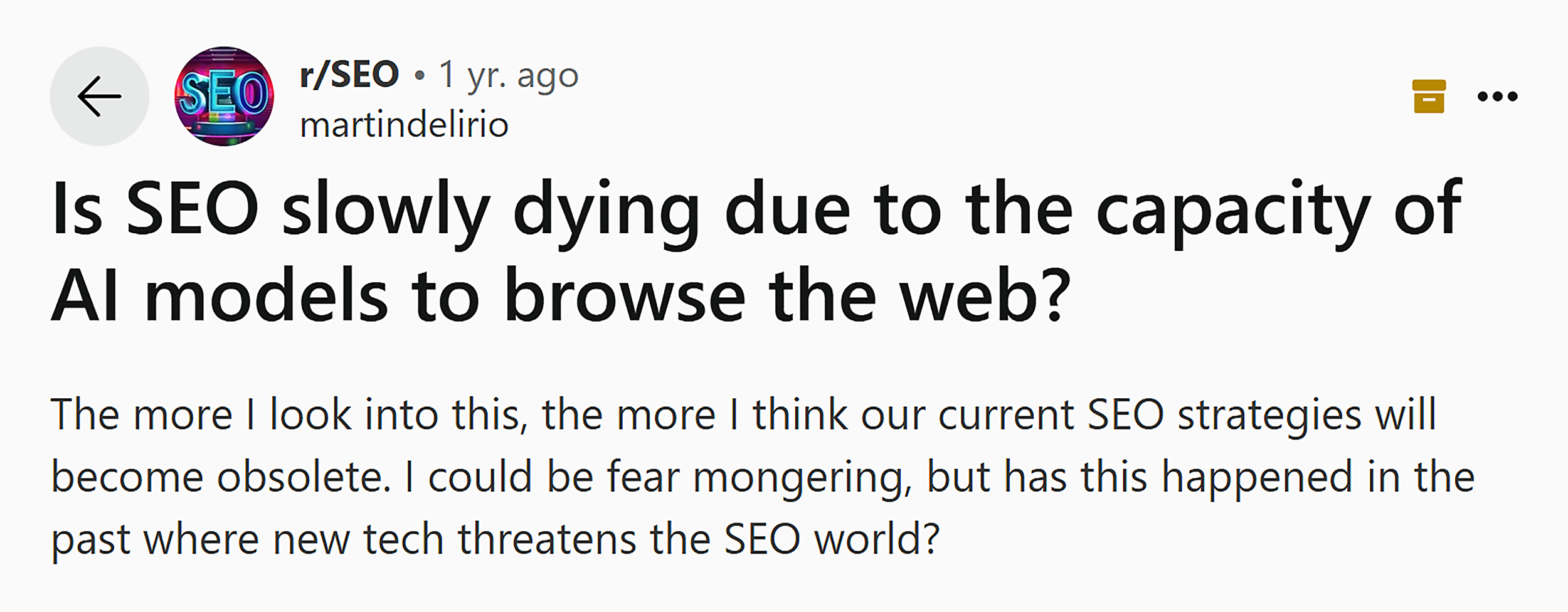
Put all that together?
It’s no surprise people are asking if SEO is on its last legs.
Let’s break down the four biggest reasons behind the panic — and separate signal from noise.
1. No-Click Search Results Are Killing Traffic
This didn’t start with AI answers.
Google’s been reducing clicks for a decade.
- Knowledge panels, calculators, unit converters: Handled factual queries
- Local packs & shopping carousels: Took over commercial-intent real estate
- Featured snippets (2015): Answered questions directly in the SERP
- People Also Ask (2016): Offered related answers—no clicks required
- AI Overviews (2024): Just the next step
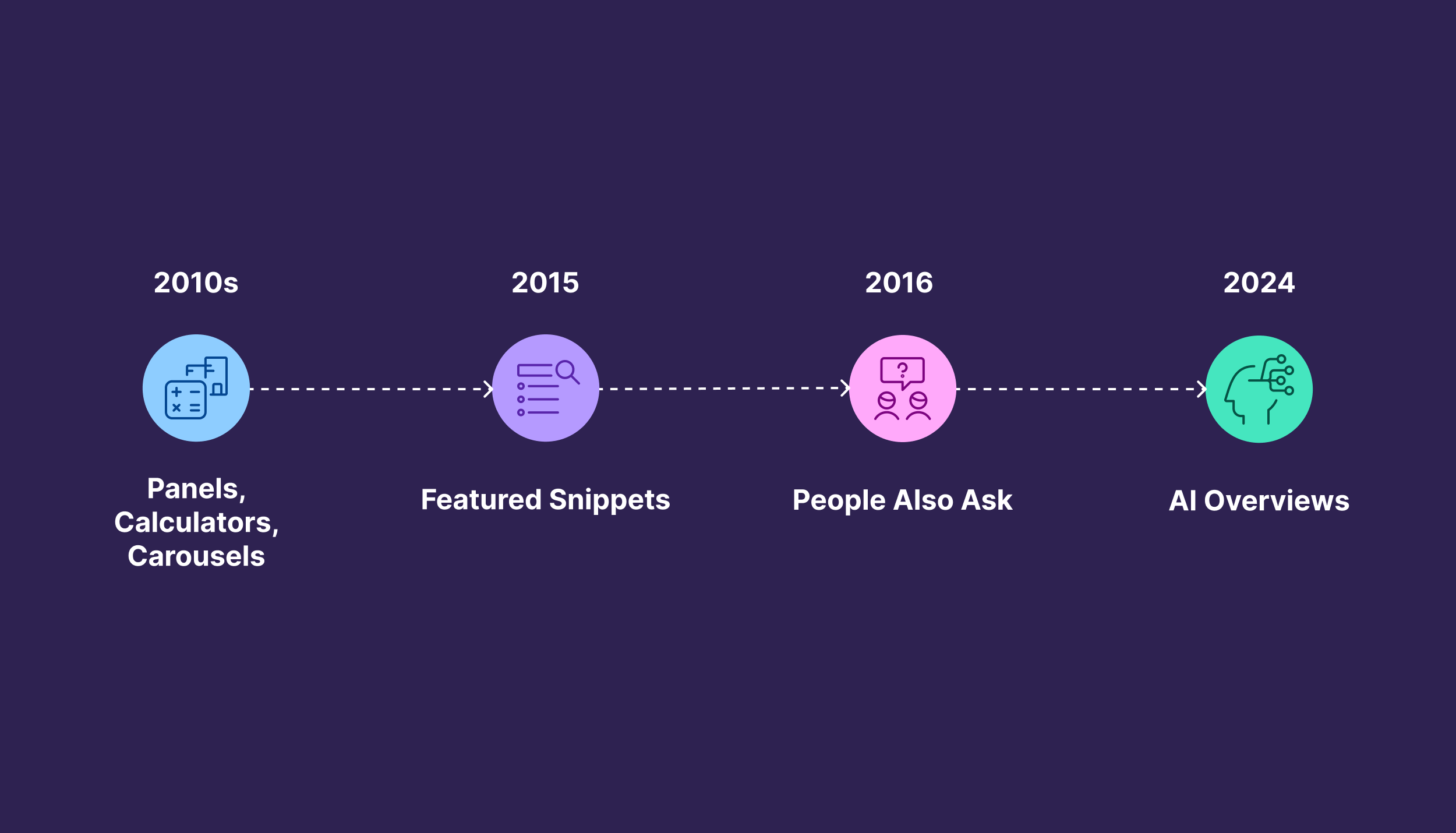
So why does it feel worse now?
Because it is.
AI Overviews are among the most disruptive features Google has ever introduced for organic traffic.
Their click-stealing impact rivals or exceeds Featured Snippets — and in some cases, even Knowledge Panels.
The biggest difference is:
AI Overviews affect a much broader range of queries — especially informational and non-branded ones.
| SERP Feature | Year Introduced | Estimated Click Impact on Organic Results |
|---|---|---|
| AI Overviews | 2023–2024 | –34.5% CTR drop for position 1 results; average –15.49%; up to –37.04% in combo with snippets. Most impact seen on non-branded informational queries. Lower-ranked results see –27.04% CTR drop. |
| Featured Snippets | 2014–2015 | Featured snippet captures ~35% of clicks; CTR to regular results drops ~26% |
| Knowledge Panels | 2012–2013 | Significant drop in organic CTR; <50% of searches result in a click when shown |
| Calculators / Converters | 2010s | No reliable data available on click impact, but the logic is clear: when Google converts 50 miles to kilometers instantly, users rarely need to visit a conversion website. |
So yes, AI overviews are the latest in a long line of click-killing moves by Google.
Knowledge Panels hurt branded queries. AIOs impact every query type.
Calculators killed clicks for simple tasks. AIOs apply that behavior to everything.
If Featured Snippets were death by a thousand cuts, AIOs are a guillotine.
But here’s the twist:
Google’s AI Overviews aren’t pulling random answers out of thin air.
They’re sourcing from the same types of content that show up in organic search.

According to a study by Search Engine Land:
- Blog posts (46%) and news articles (20%) make up the majority of sources cited by AIOs.
- Structured, crawlable, keyword-aligned pages still earn visibility.
- And, while ChatGPT skews towards Wikipedia and global news sources for its data, Google’s Gemini relies heavily on company blogs.
| LLM | Top Sources | Avoids | SEO Strategy |
|---|---|---|---|
| ChatGPT | Wikipedia, Reuters, FT | Reddit, product pages | Build authority on neutral sources (Wikipedia, major news) |
| Gemini | Blogs, YouTube, PCMag | Low-quality UGC | Prioritize high-quality blogs and media reviews |
| Perplexity | NerdWallet, Investopedia, niche blogs | Low-quality UGC | Get on niche review sites, expert blogs, forums |
| AI Overviews | Reddit, YouTube, LinkedIn, product blogs | Homepages | Target forums, blogs, social Q&A, deep guides |
In other words:
The SEO content you’re already creating still matters.
You just need to make it easier for AI to read and reuse.
Further reading: Want more tips for showing up in AIOs? Check out our guide to AI overviews.
2. Search Behavior Has Fragmented
We’re in the Search Everywhere era.
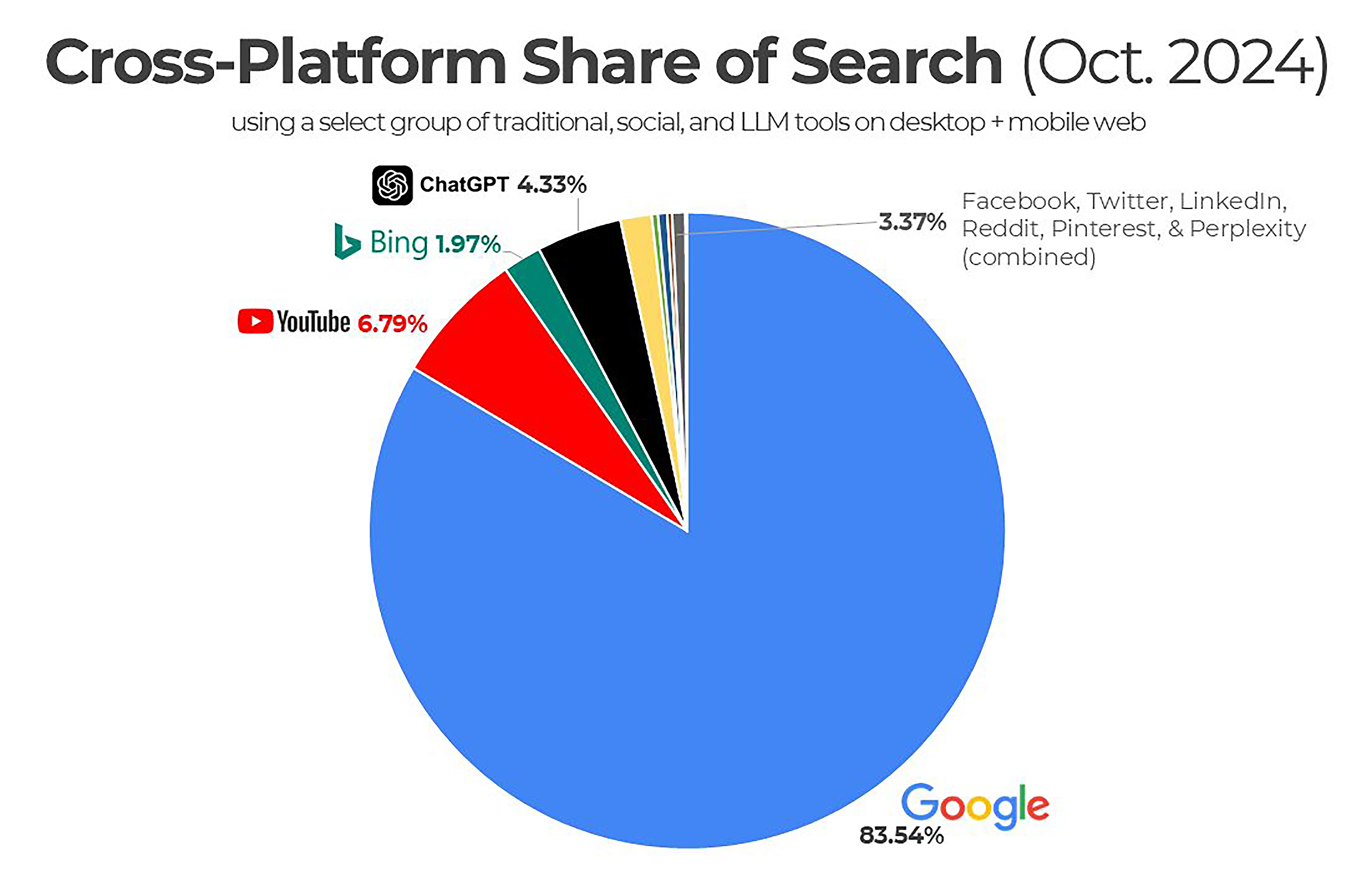
Google still dominates, but things are changing.
Gen-Z uses social media as a search engine.
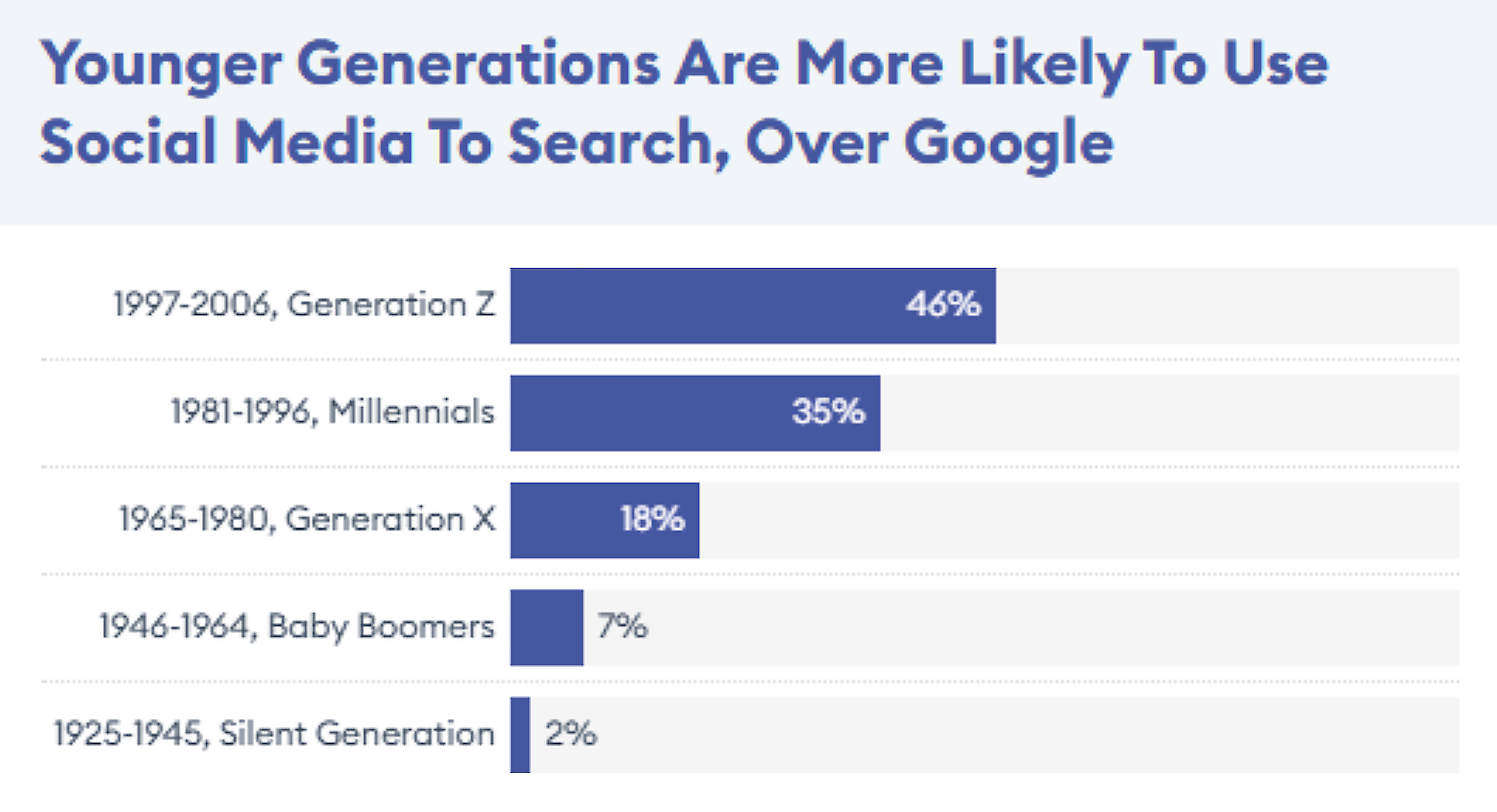
40% of young US adults are getting their news on TikTok.
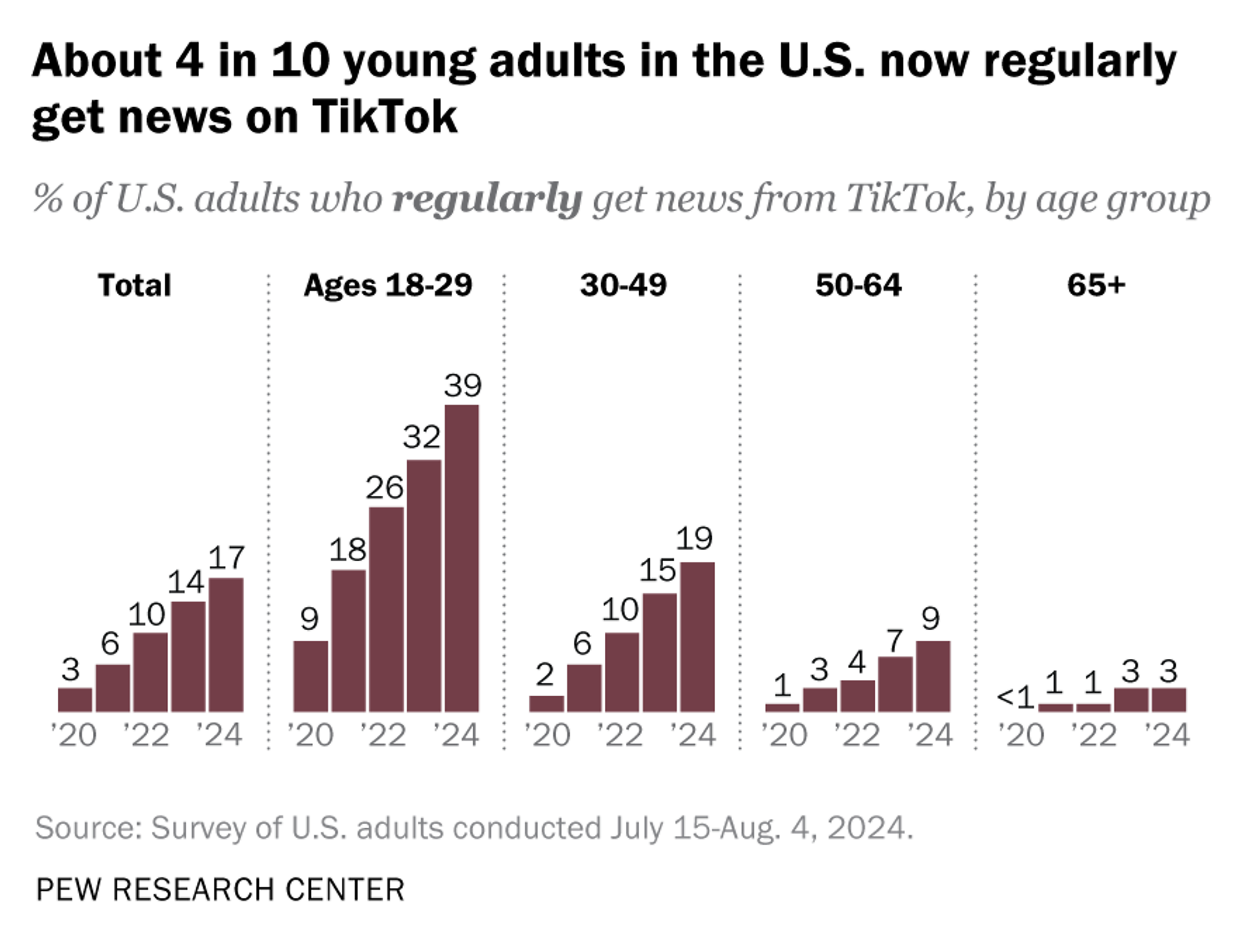
Forums like Reddit and Quora are booming.
LLMs currently make up around 5.6% of all search behavior, up from 1.3% in early 2024.
So yes, search behavior is changing.
But this shift doesn’t mean traditional search engines are obsolete.
94.4% of searchers still use SERPs.
They’re just more likely to consult other sources as well.
Further reading: Build a Search Everywhere Optimization strategy with our guide.
3. It Feels Like AI Content Is Everywhere
The theory goes that, because anyone can create content in minutes with AI, SEO becomes a race to the bottom.
And it’s true that it’s easier than ever to create SEO content at scale.
But in practice, most content is still being created by human beings — entirely or with AI assistance.
In June 2025, AI content made up around 16% of all content (down from 19% in January) according to Originality.AI.
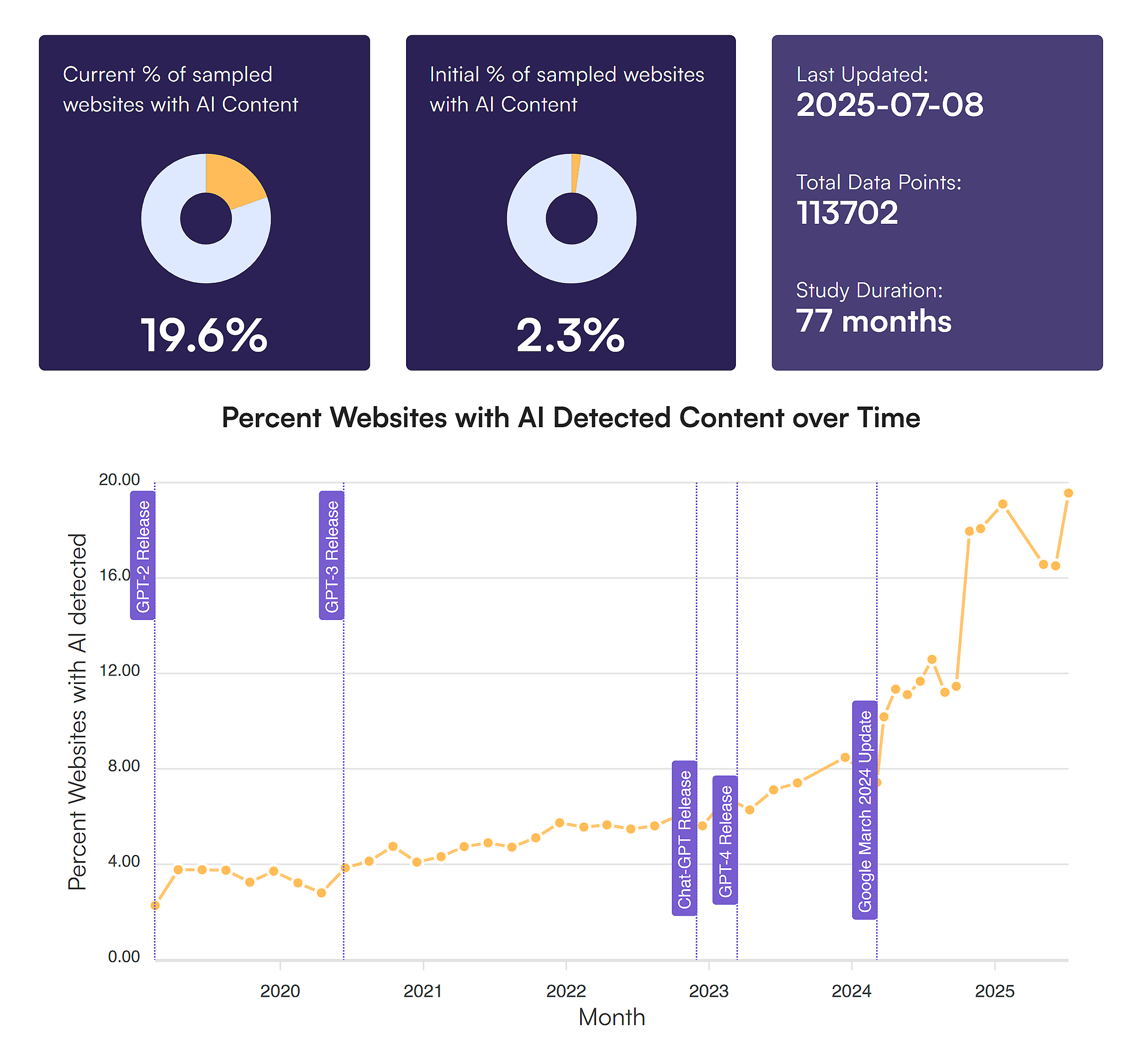
4. The SEO Job Market Might Be Tanking
SEO job listings dropped 37% in Q1 2024 compared to the same time in 2023.

But if you zoom in on the types of SEO roles being hired for across the year, the picture is more nuanced.
Some executional roles saw a dip in share over 2024:
- Content SEO made up 12.6% of SEO listings in Q1 — just 9.9% by Q4
- SEO Analyst roles dropped from 11.2% to 10.1%
- Technical SEO inched down from 5.8% to 5.4%
Meanwhile, more senior roles gained share:
- SEO Manager roles increased from 58% to 61%
- Director of SEO grew from 10.3% to 11.6%
- VP-level roles doubled their share — from 0.7% to 1.4%
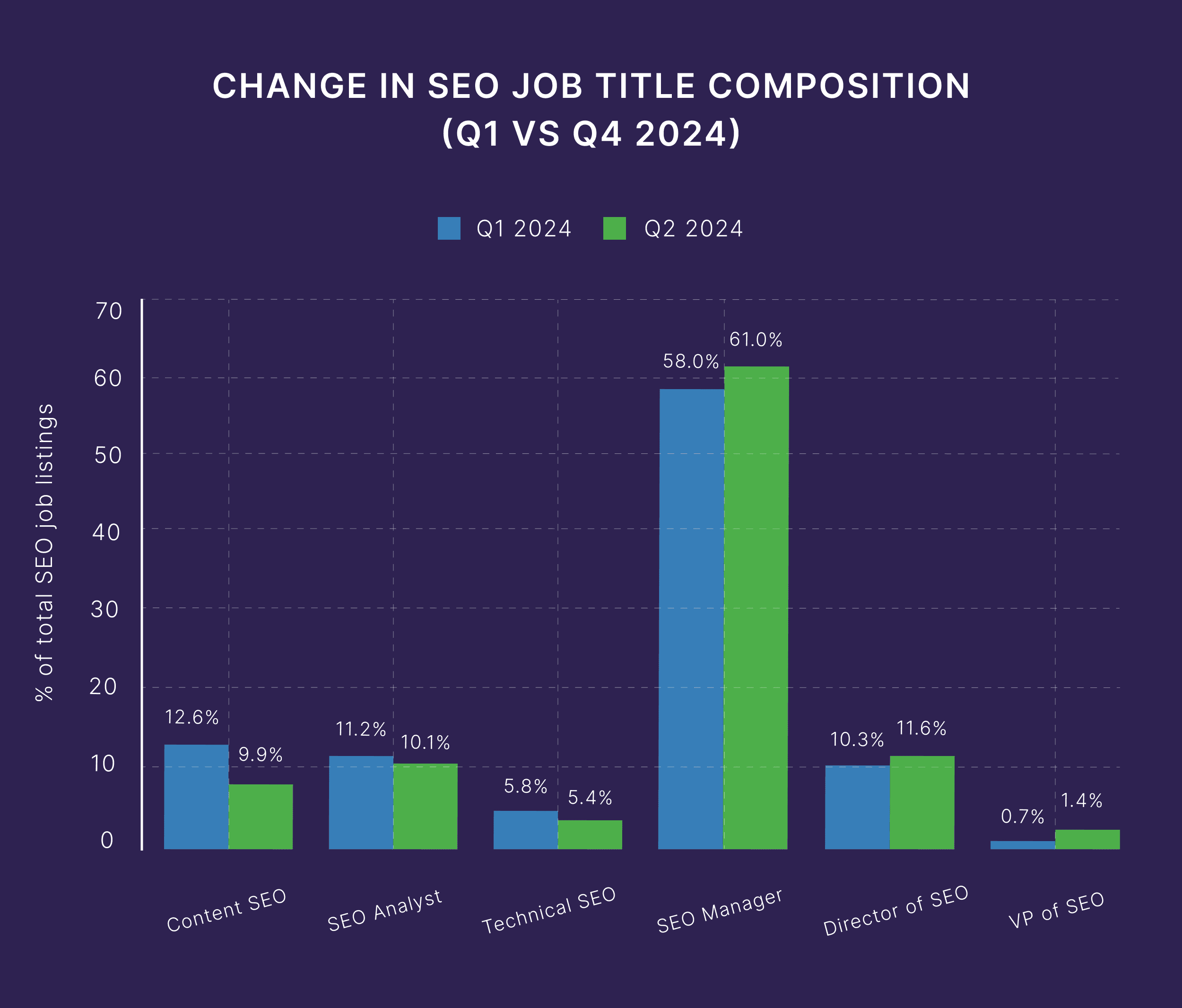
The shift isn’t dramatic. But it’s directional.
Companies appear to be consolidating around smaller, more senior teams.
Less grunt work. More strategic oversight. And possibly, more reliance on AI or freelancers for execution.
So no, the SEO job market isn’t collapsing — just being restructured.
Why SEO Isn’t Dead in 2026
SEO today looks very different than it used to.
But it doesn’t meet the criteria of a dead marketing channel.
Search Volume Is Still Rising
Search activity isn’t shrinking—it’s growing.
Google search grew by over 21% in 2024, despite the impact of AI overviews.
The narrative that searchers are switching over to LLMs is also flawed.
While people are using LLMs more and more, they aren’t necessarily using them for search.
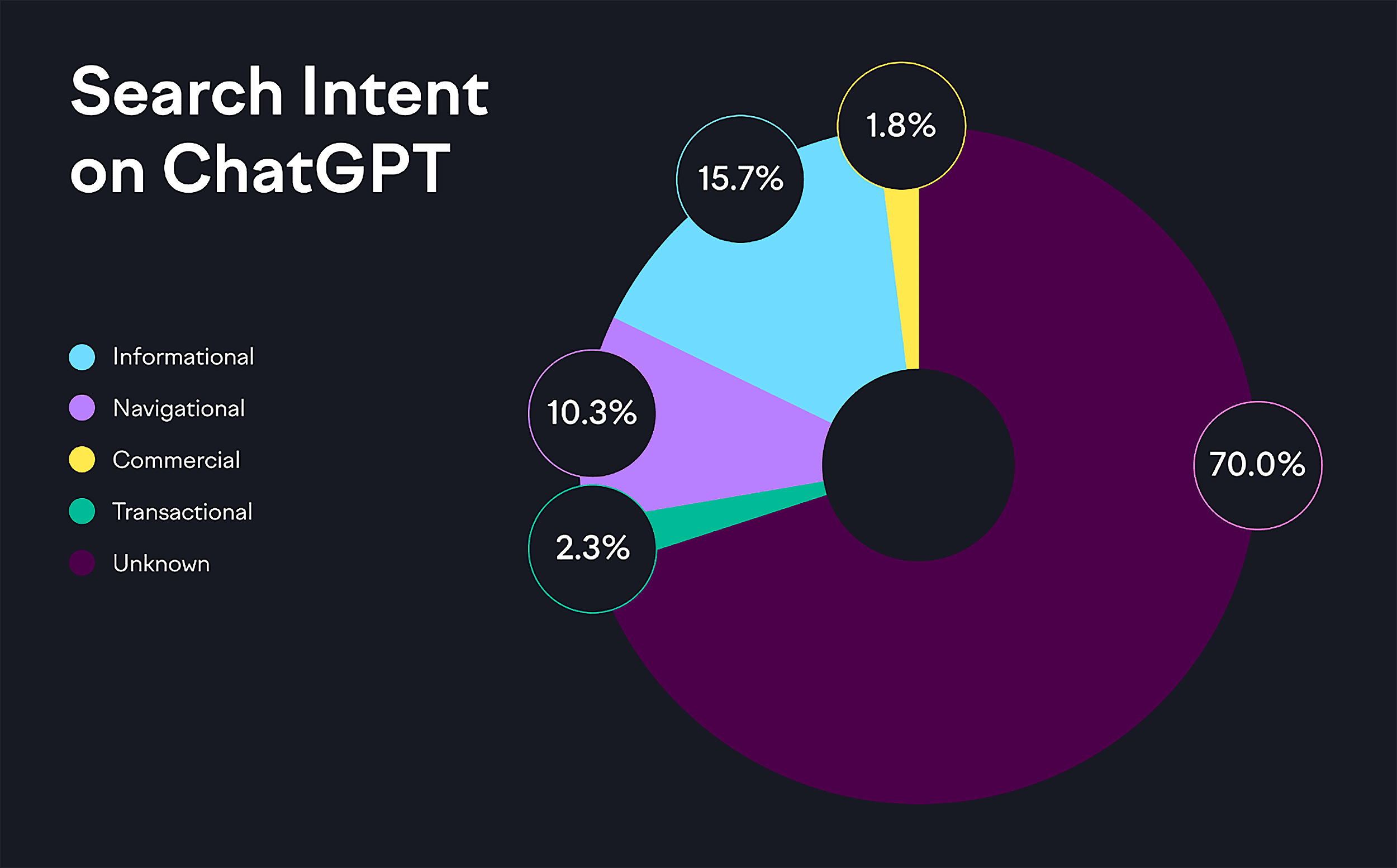
Semrush says only 30% of ChatGPT prompts are similar to how people use search.
Things like:
- Asking for information
- Finding a website
- Comparing options
- Getting help with a purchase
The rest? More like chatting, writing, or brainstorming.
SEO Still Works
91% of marketers said SEO had a positive impact on their website performance and marketing goals in 2024.
Far from cutting SEO spend, companies are investing more.
The global SEO services market is expected to grow at a compound annual growth rate (CAGR) of 16.2%.
It’s booming, not dying.
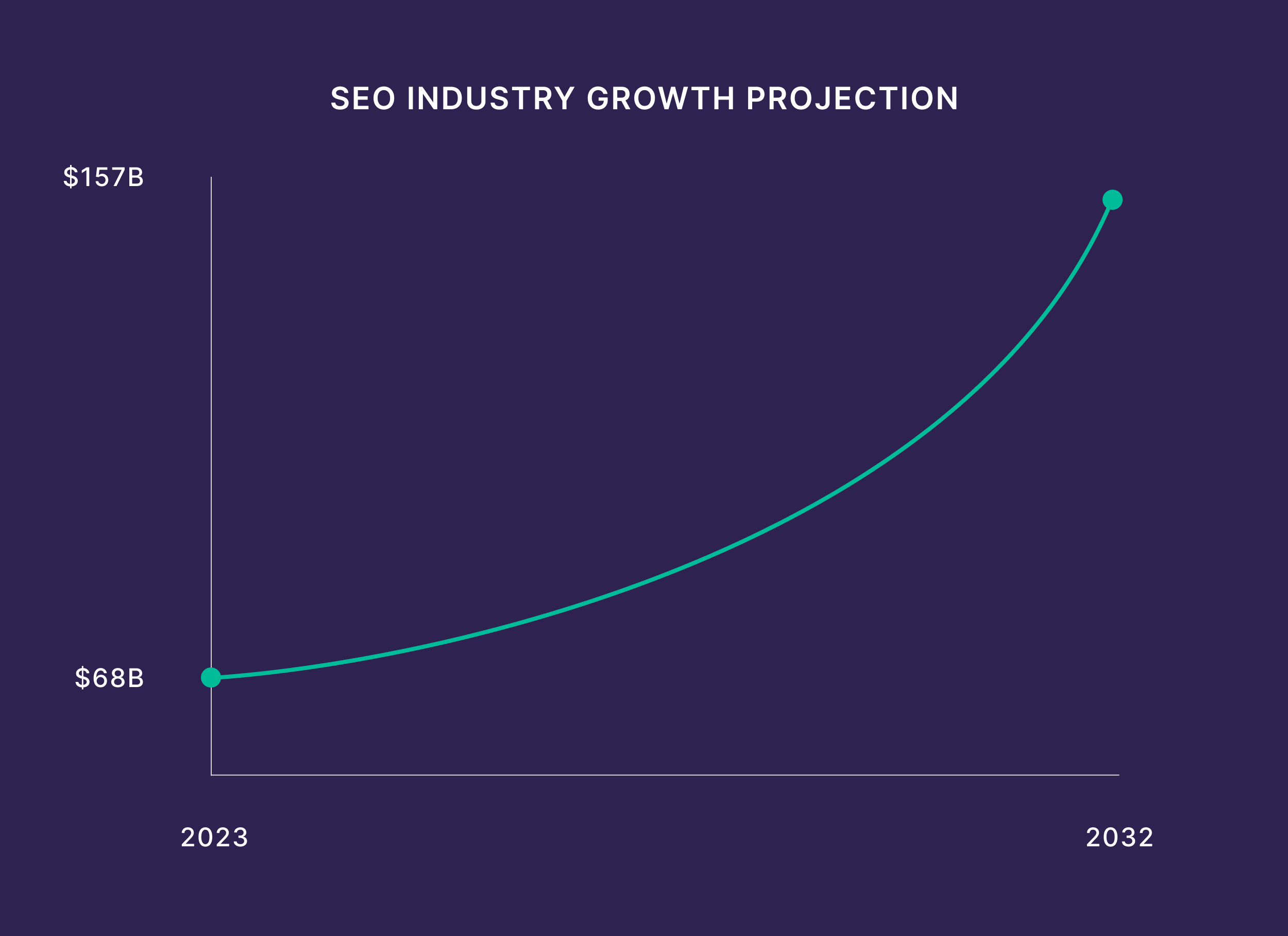
AI Overviews aren’t everywhere (yet)
As of May 2025, they show up in just 13.14% of all Google searches.
That means traditional search still handles about 86% of queries — for now.
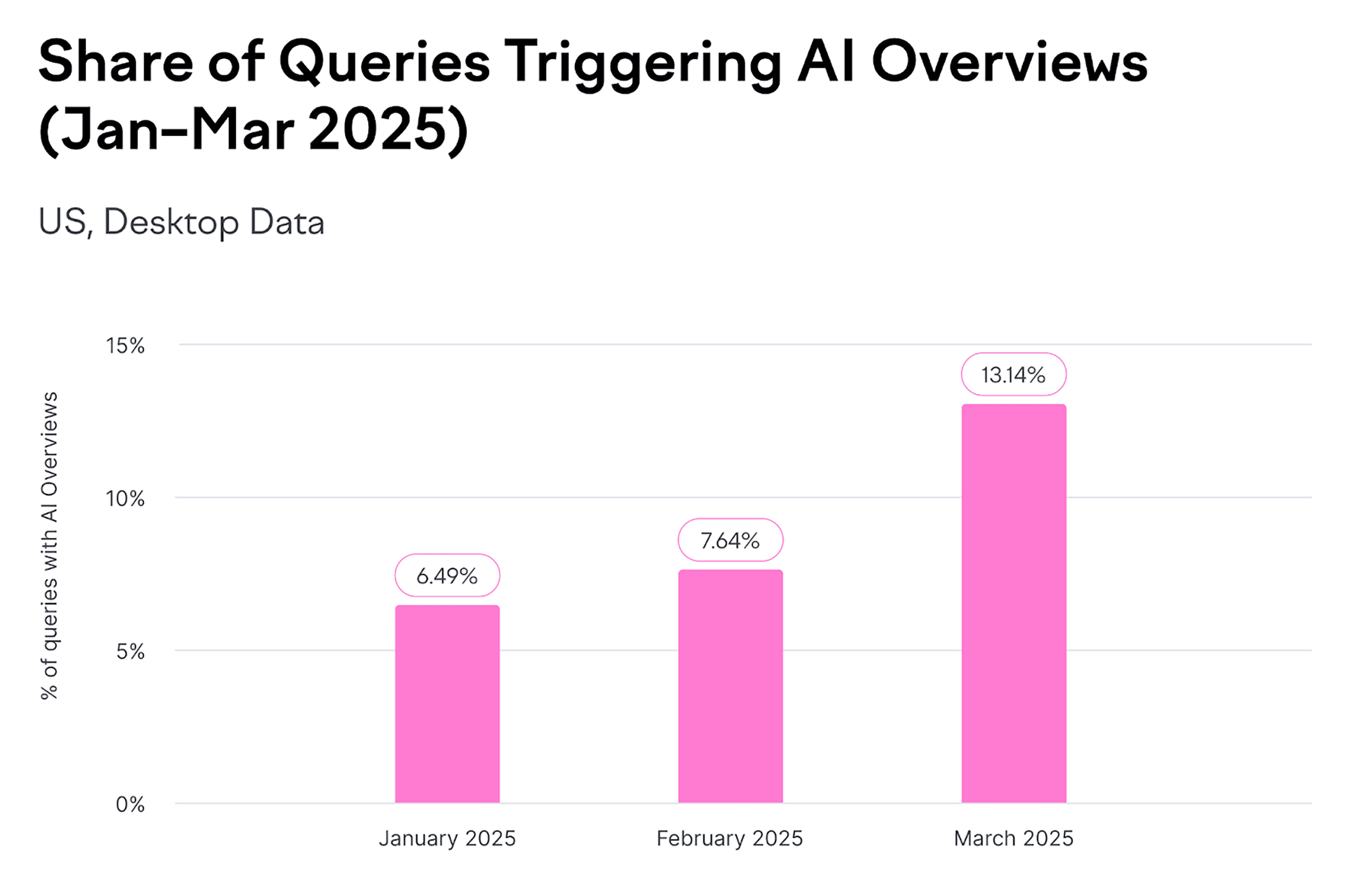
More importantly, they’re still mostly triggered by low-value, informational queries.
But when it comes to commercial-intent keywords?
They’re still wide open.
Think long-tail phrases with CPCs over $2 and Keyword Difficulty under 30%.
That’s where you still need SEO.
SEO Job Listings Have Declined, But Only in Part
Entry-level and senior-level SEO roles actually increased in 2024.
This shift reflects more automation of routine SEO tasks — and heightened demand for strategic, senior-level expertise.
There are over 117,000 SEO jobs live on LinkedIn worldwide:
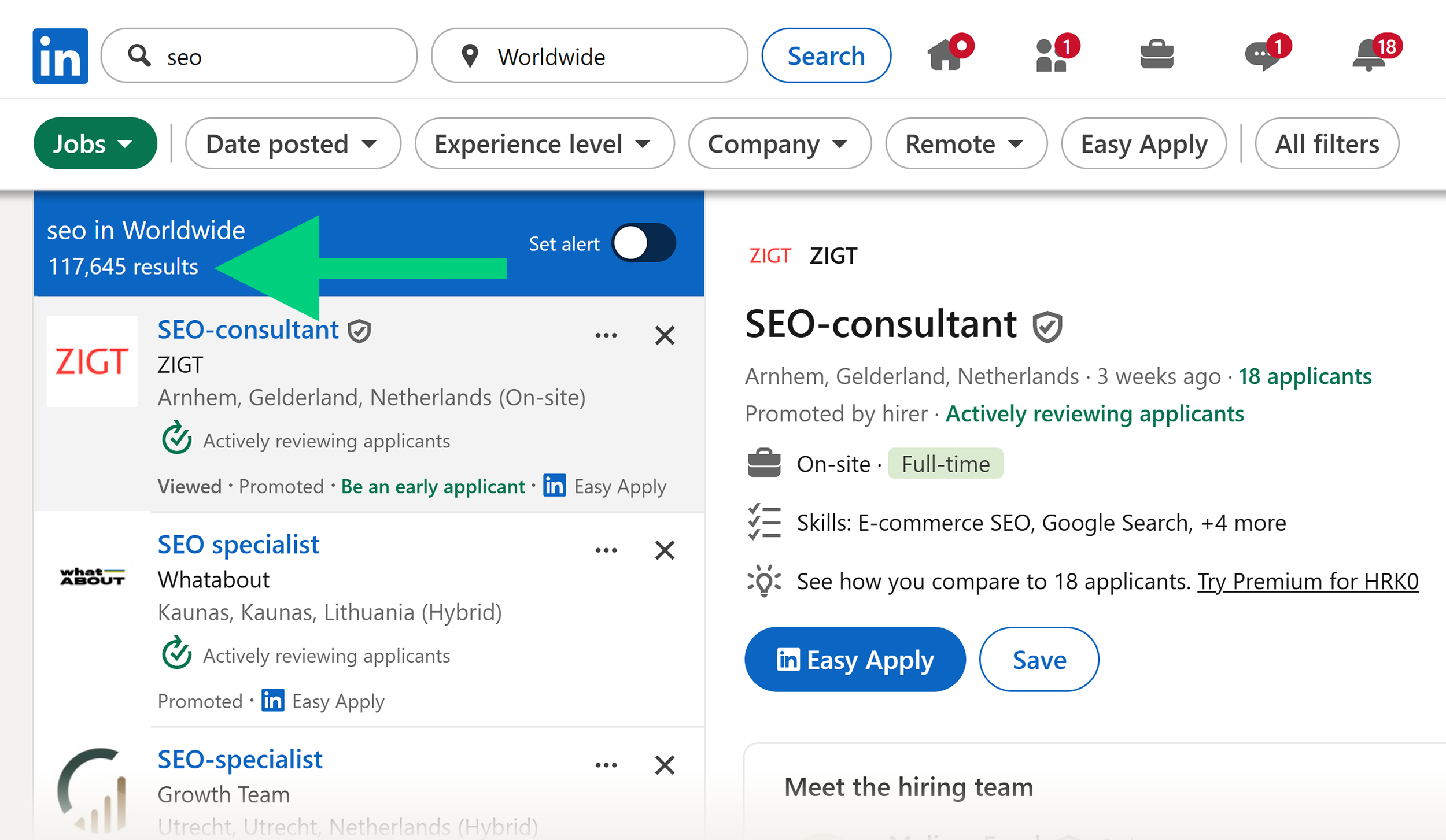
Looks like there’s still plenty of demand for SEO experts.
| “Dead Channel” Test | Reality in 2026 |
|---|---|
| 80% abandonment | No — most businesses still earn value from SEO strategy and content. |
| Declining volume | No — search volume continues rising, with growth in both queries and impressions. |
| Drop in hiring or investment | Mixed — SEO roles dropped, but demand for skilled strategists remains strong. Investment in SEO is increasing YOY. |
| Platform redundancy | No — 91% of marketers confirm that SEO still works well |
SEO Isn’t Dead — But It’s Changing Fast
SEO still drives results.
But ranking alone isn’t enough anymore.
To stay visible, you need to show up in search results and in AI-generated answers.
That’s where Generative Engine Optimization (GEO) comes in.
It’s not about abandoning SEO. It’s about building on it.
Learn how to optimize for AI search with our 7-step GEO playbook.
Backlinko is owned by Semrush. We’re still obsessed with bringing you world-class SEO insights, backed by hands-on experience. Unless otherwise noted, this content was written by either an employee or paid contractor of Semrush Inc.
